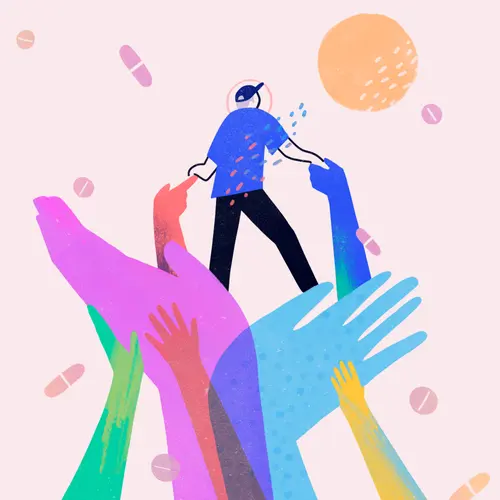Expert Defines: Things to Consider With Adult ADHD Treatment

Hide Video Transcript
Video Transcript
[MUSIC PLAYING]
We don't make a diagnosis just on symptoms. You have to have trouble from the symptoms, and that has to occur in two out of three domains of patient's life be it at home, school, the work, or social settings. Our treatments for adult ADHD break out into the medication treatments, the pharmacologic treatments, and then the non-pharmacologic therapy type treatments.
The stimulant medicines and the non-stimulant and atomoxetine, can all slightly raise blood pressure and pulse, so they should be monitored throughout the course of treatment. In addition, the stimulant medications can cause some appetite suppression, and potentially uncover tics, and a very small risk for psychosis. The non-pharmacologic treatments are a specific type of therapy called cognitive behavioral therapy, which is a type of structure organizing therapy.
It's highly effective in treating symptoms of ADHD, but also is quite effective when added to medications. And in addition, is very effective in targeting the executive function symptoms, which are co-traveling symptoms with ADHD. These are symptoms of trouble organizing, planning, time management. And the cognitive behavioral therapy can be quite helpful in targeting that symptom set in adults with ADHD.
LENARD ADLER
If you are identified as being at risk for having adult ADHD, it's important to sit down and go through a thorough evaluation with your treating doctor. There are four pillars in making a diagnosis of ADHD in adult. Those include significant symptoms of both the inattention, trouble paying attention, easy distraction, misplacing things. And/or the hyperactive impulsive symptoms of restlessness, interrupting others when talking, impatience, and inability to wait. We don't make a diagnosis just on symptoms. You have to have trouble from the symptoms, and that has to occur in two out of three domains of patient's life be it at home, school, the work, or social settings. Our treatments for adult ADHD break out into the medication treatments, the pharmacologic treatments, and then the non-pharmacologic therapy type treatments.
The stimulant medicines and the non-stimulant and atomoxetine, can all slightly raise blood pressure and pulse, so they should be monitored throughout the course of treatment. In addition, the stimulant medications can cause some appetite suppression, and potentially uncover tics, and a very small risk for psychosis. The non-pharmacologic treatments are a specific type of therapy called cognitive behavioral therapy, which is a type of structure organizing therapy.
It's highly effective in treating symptoms of ADHD, but also is quite effective when added to medications. And in addition, is very effective in targeting the executive function symptoms, which are co-traveling symptoms with ADHD. These are symptoms of trouble organizing, planning, time management. And the cognitive behavioral therapy can be quite helpful in targeting that symptom set in adults with ADHD.
